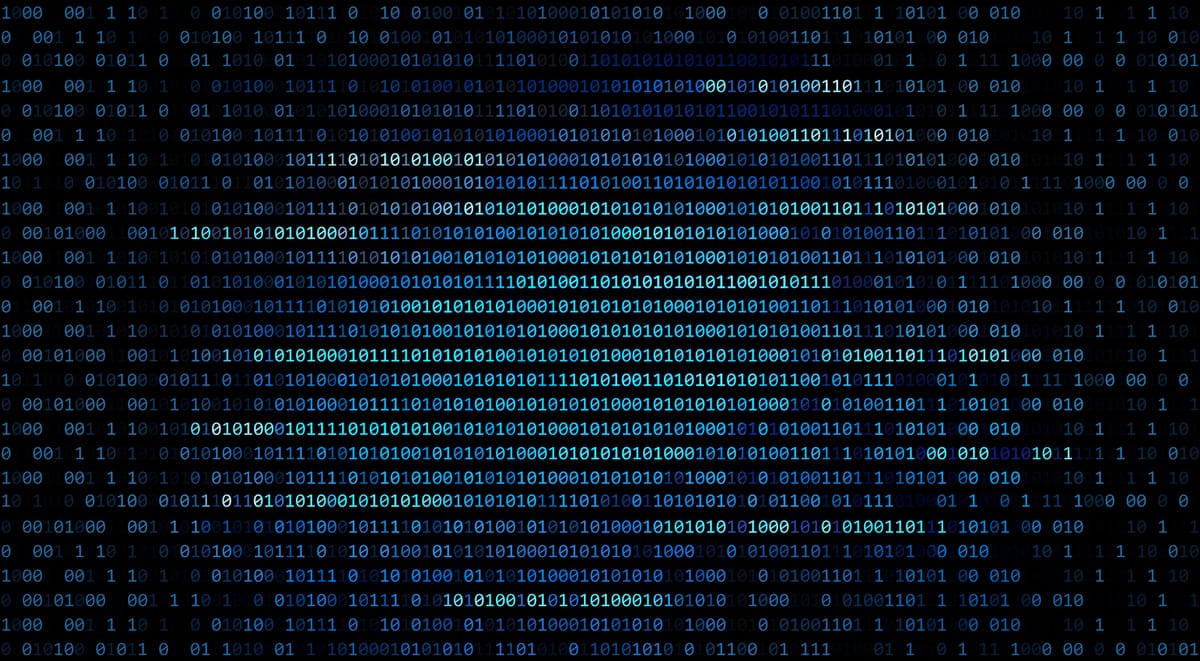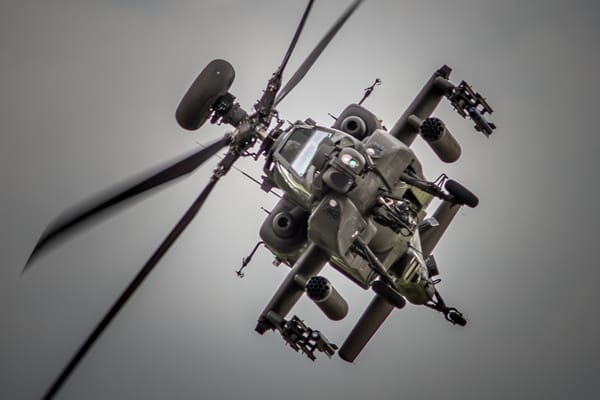🇨🇳 APT 1. Comment Crew / Shanghai Group
APT1, also known as Comment Crew, is one of the most well-documented Chinese state-sponsored cyber espionage groups, attributed to the People’s Liberation Army (PLA) Unit 61398

Overview
APT1, also known as Comment Crew, is one of the most well-documented Chinese state-sponsored cyber espionage groups, attributed to the People’s Liberation Army (PLA) Unit 61398. The group has been active since at least 2006, targeting corporations, government agencies, and critical infrastructure worldwide to steal intellectual property, trade secrets, and sensitive data.
APT1 employs sophisticated cyber tactics, including spear-phishing, custom malware, and advanced network infiltration techniques, allowing it to maintain long-term access to compromised systems. The group has been responsible for hundreds of cyber intrusions, affecting organizations in the United States, Europe, and Asia, with a primary focus on sectors that align with China’s economic and military objectives.
In 2013, cybersecurity firm Mandiant publicly exposed APT1, providing detailed evidence linking the group to the PLA’s Unit 61398 in Shanghai. Despite diplomatic consequences and U.S. indictments against Chinese military officers, APT1’s tactics continue to influence China’s broader cyber espionage activities.
Responses from governments and cybersecurity firms have led to enhanced cyber defenses, intelligence-sharing initiatives, and countermeasures against Chinese cyber threats. However, APT1’s legacy persists, with evolving tactics and successor groups continuing China’s state-sponsored cyber operations.
Background and Attribution Indicators
APT1 was first identified in the mid-2000s, but its operations became widely known after Mandiant’s 2013 report, which provided conclusive evidence linking the group to the Chinese government.
The U.S. government, intelligence agencies, and private cybersecurity firms have attributed APT1 to China’s PLA Unit 61398, citing:
• IP addresses and infrastructure originating from China.
• Use of Mandarin-language malware and attack techniques.
• Targeting of industries aligned with China’s economic and military priorities.
• Operational patterns consistent with China’s strategic objectives.
Following public exposure, APT1 adapted its tactics, shifting to more decentralized operations and likely integrating into other Chinese APT groups. The U.S. Department of Justice indicted five PLA officers in 2014 for cyber espionage, marking one of the first legal actions against state-sponsored hackers. However, APT1’s influence remains evident in ongoing Chinese cyber warfare strategies.
Focus
APT1 primarily targets industries critical to China’s technological and economic growth, including:
1. Defense and Aerospace – Stealing classified military technologies, fighter jet designs, and missile guidance systems.
2. Energy and Critical Infrastructure – Gaining intelligence on nuclear energy, smart grids, and oil exploration.
3. Telecommunications – Compromising network providers to intercept data and monitor communications.
4. Manufacturing and Trade Secrets – Acquiring proprietary designs, software, and production methods to benefit Chinese companies.
5. Government Agencies and Think Tanks – Infiltrating policy institutions, research centers, and military organizations for intelligence gathering.
APT1’s attacks prioritize long-term access, allowing for continuous data exfiltration to support China’s industrial and national security goals.
Attack Vectors and Lifecycle
APT1 follows a multi-stage attack lifecycle, combining various tactics for persistent, stealthy intrusions.
1. Initial Access
• Spear-phishing emails with malicious attachments or embedded links.
• Zero-day vulnerabilities to exploit unpatched software.
2. Establishing Persistence
• Deployment of remote access Trojans (RATs) and custom malware.
• Use of stolen credentials to create backdoors in networks.
3. Lateral Movement and Escalation
• Privilege escalation techniques to gain administrator access.
• Lateral movement within compromised networks using internal credentials.
4. Data Exfiltration
• Stealthy extraction of sensitive files, designs, and confidential documents.
• Encryption of stolen data before transfer to Chinese-controlled servers.
5. Covering Tracks
• Wiping logs and obfuscating activities to avoid detection.
• Frequent infrastructure changes to maintain operational security.
APT1’s attacks are characterized by long dwell times, often remaining undetected in networks for months or years.
Major Attacks and Impact
APT1 has been responsible for hundreds of cyber intrusions against U.S., European, and Asian organizations. Some of the most notable incidents include:
1. Defense and Aerospace Espionage (2006-Present)
• Targeted U.S. defense contractors like Lockheed Martin, Boeing, and Northrop Grumman.
• Stolen data reportedly contributed to China’s J-20 stealth fighter program.
2. Energy and Critical Infrastructure Attacks (2010-2016)
• Compromised nuclear energy firms, oil companies, and smart grid technologies.
• Aimed at enhancing China’s energy sector and mapping foreign infrastructure vulnerabilities.
3. Telecommunications and Government Espionage (2012-2017)
• Infiltrated major telecom providers to monitor communications and track dissidents.
• Targeted U.S. and European government institutions to acquire intelligence on policy decisions and military strategies.
4. Corporate and Industrial Espionage (2008-Present)
• Stole trade secrets from Fortune 500 companies across technology, automotive, and pharmaceutical sectors.
• Enabled Chinese companies to compete globally without costly R&D investments.
APT1’s attacks have caused billions of dollars in intellectual property losses, diminished Western technological advantages, and heightened geopolitical tensions.
Strategic Responses
United States and Allied Nations
• Legal Actions: The 2014 indictment of five PLA officers was a landmark case in cyber warfare accountability.
• Economic Sanctions: Sanctions imposed on Chinese cyber entities linked to espionage.
• Cyber Defense Initiatives: Strengthened public-private cybersecurity partnerships and zero-trust security frameworks.
• Offensive Cyber Operations: Reports indicate U.S. Cyber Command has engaged in counter-hacking efforts.
Europe and Asia-Pacific Responses
• Cybersecurity Alliances: NATO and Five Eyes intelligence-sharing to counter Chinese cyber threats.
• Defensive Cyber Policies: Countries like Japan, Australia, and Germany have enhanced cyber defense measures.
China’s Response
China has denied involvement in APT1’s operations, accusing the West of politicizing cybersecurity issues. However, China has refined its cyber tactics, integrating new APT groups and advanced operational security.
Outlook
APT1’s tactics have shaped China’s broader cyber espionage strategy, influencing successor groups such as APT10, APT27, and APT40. Future trends may include:
• Expanding cyber operations into emerging technologies like AI, quantum computing, and 5G infrastructure.
• More sophisticated supply chain attacks to infiltrate networks indirectly.
• Increased use of AI-driven cyber tools to enhance social engineering attacks.
• Greater emphasis on targeting critical infrastructure to prepare for potential cyber warfare scenarios.
As geopolitical tensions between China and Western nations escalate, APT1’s legacy will continue to influence global cybersecurity policies and national defense strategies.





